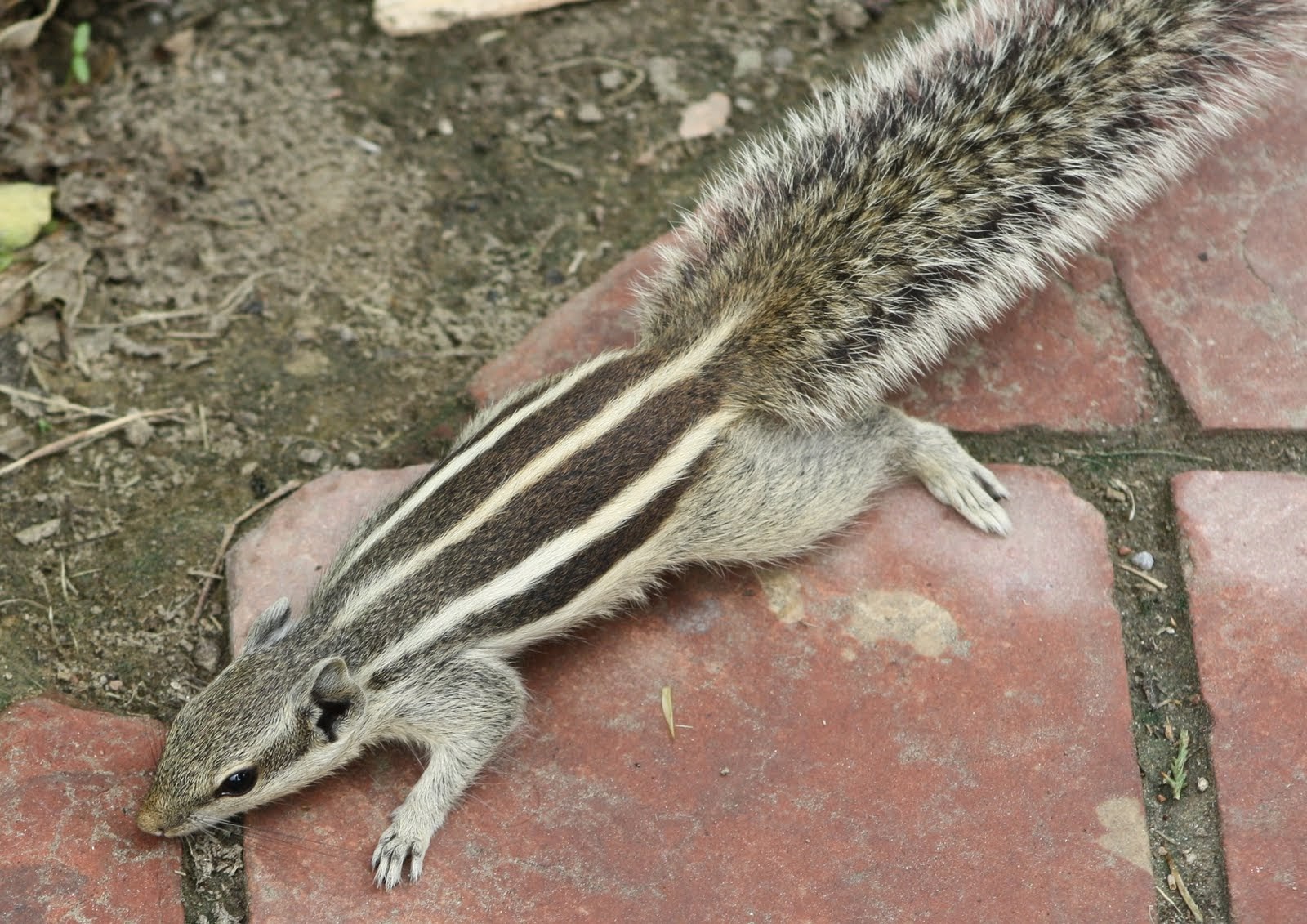Saccharum officinarum L.-Sugarcane
Kingdom: Plantae
Division: Magnoliophyta
Class: Liliopsida
Order: Poales
Family: Poaceae
Genus: Saccharum
Species: S.officinarum
Saccharum consists of six species of perennial grasses. Two are wild species and four are cultigens. The cultivated species cannot survive for a long period in the wild state.
S.officinarum is a tall perennial grass with stout, jointed, fibrous stalks that is rich in sugar.
Morphological characters
Stem: The stem is solid and also known as the ‘cane’ or ‘culm’. The cane is a series of joints, both above and below ground. Each joint consists of a node and inter node, with a vegetative bud at the node, a band of root primordial and above this a narrow meristematic zone or a growth ring. On the joints above ground, leaves develop, while roots and buds remain dormant. On the joints below ground, inter nodes are shorter and the leaves are represented by rudimentary leaves. Adventitious roots are produced from the joints below ground, and some buds grow into tillers. The plant is about 2.5-6m in height and usually erect, but partially procumbent in some cultivars. Usually the plant has an un-branched stem except for the tillers at base.
Roots: Buttress roots are produced from nodes near base of the stem to anchor the plant. Majority of the fibrous roots present in the top 25-30 cm of soil.
Leaves: Leaves are borne alternatively in two rows in either side of the stem at nodes. The lower portion of the leaf sheath is tubular, encircling stem, with margins overlapping at base. The outer surface of the leaf is often covered with bristly hairs. One or two auricles, ear-like appendages, may be present or absent o the upper edge of sheath margin. The ligule is a membranous appendage of sheath separating the sheath from the blade. The ligule is translucent and hyaline when young, drying with age. The leaf lamina is linear, tapering, erect or drooping and may be coarsely toothed with sharp cutting margins. The leaf has a strong mid rib. The last leaf is called ‘flag leaf’, which has a short blade and a very long sheath surrounding the inflorescence axis.
Flowers: The inflorescence is a loose, terminal panicle, about 25-50cm long, which is known as ‘arrow’ or ‘tassel’. It has a silky appearance due to rings of long hairs present below each spikelet. The main axis of the inflorescence bears lateral branches, which, in turn, may produce second and third order branches. On the ultimate branches, the spikelets are borne at each node. Two spikelets are borne together at each node, one sessile and one pedicelled. Both spikelets are similar in structure with two boat-shaped and hard glumes, which are surrounded by a basal ring of silky hairs, which are longer than the spikelet. There are two florets in spikelet, within the glumes. The lower floret is sterile, represented by a delicate lemma. The upper floret is hermaphrodite with three yellow, brown, reddish or purple stamens with long, thread-like filaments. The ovary is superior with a single ovule, two terminal styles and purplish feathery stigma.
Fruit: The fruit is a caryopsis and minute (about 1 mm long) with persistent stigmas.




Comments